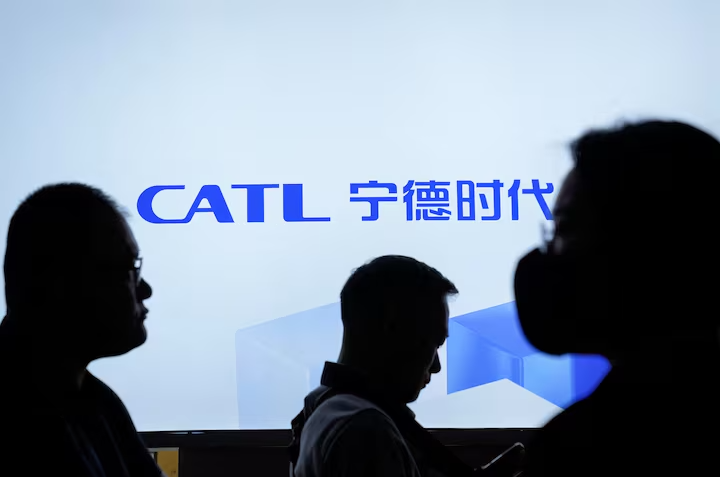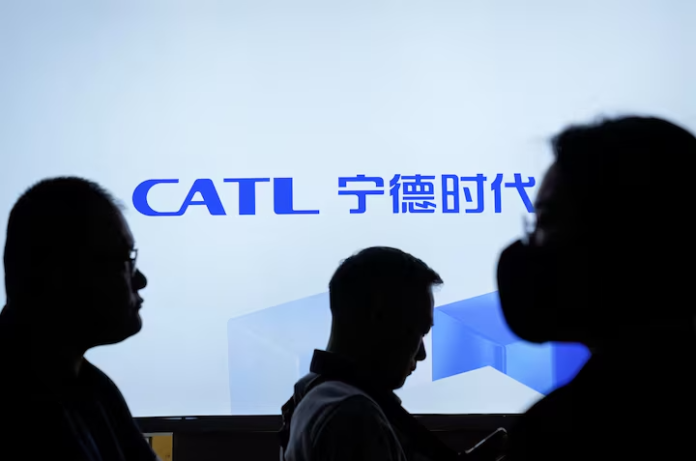Zeng Yuqun, chairman of leading battery manufacturer Contemporary Amperex Technology Co. Ltd. (CATL), has projected that electric vehicles could make up half of China’s heavy truck sales by 2028. That’s a massive leap from just 10% in 2024, according to a report from the Shanghai-based news platform Jiemian.
Zeng made these remarks during a launch event for CATL’s battery-swapping solution for heavy trucks, signaling a major shift in the trucking industry and another blow to traditional fossil fuel demand. The shift isn’t coming out of the blue—China has already seen a growing adoption of liquefied natural gas (LNG) trucks as alternatives to diesel.
This shift to EVs is backed by significant infrastructure investment. On Saturday, CATL announced that a 60 gigawatt-hour (GWh) battery and energy storage facility has officially begun operations in Shandong province. This marks CATL’s first major battery production plant in northern China—and it’s only the beginning.
According to CATL, the new Shandong facility will undergo a second and third phase of expansion over the next two years, forming a massive energy battery cluster worth billions of yuan. This mega-cluster will play a crucial role in powering not just electric trucks but also supporting grid-level energy storage solutions.

This aggressive expansion supports Shandong’s broader ambitions. The local government has laid out plans to build a lithium battery industry worth 100 billion yuan ($14 billion) by the end of 2025. This includes everything from electrode materials and electrolytes to battery cells and full-pack assembly—all under one regional ecosystem.
With rising fuel prices, climate targets, and policy support favoring electric mobility, China is clearly betting big on clean energy. If CATL’s prediction holds true, the country’s highways may look very different by 2028—dominated by the hum of electric motors rather than the roar of diesel engines.
For China’s massive logistics and transport sector, this could mean lower emissions, reduced fuel costs, and greater energy independence. For the rest of the world, it’s a clear signal: the electric future isn’t just for cars anymore—it’s coming for trucks too.



